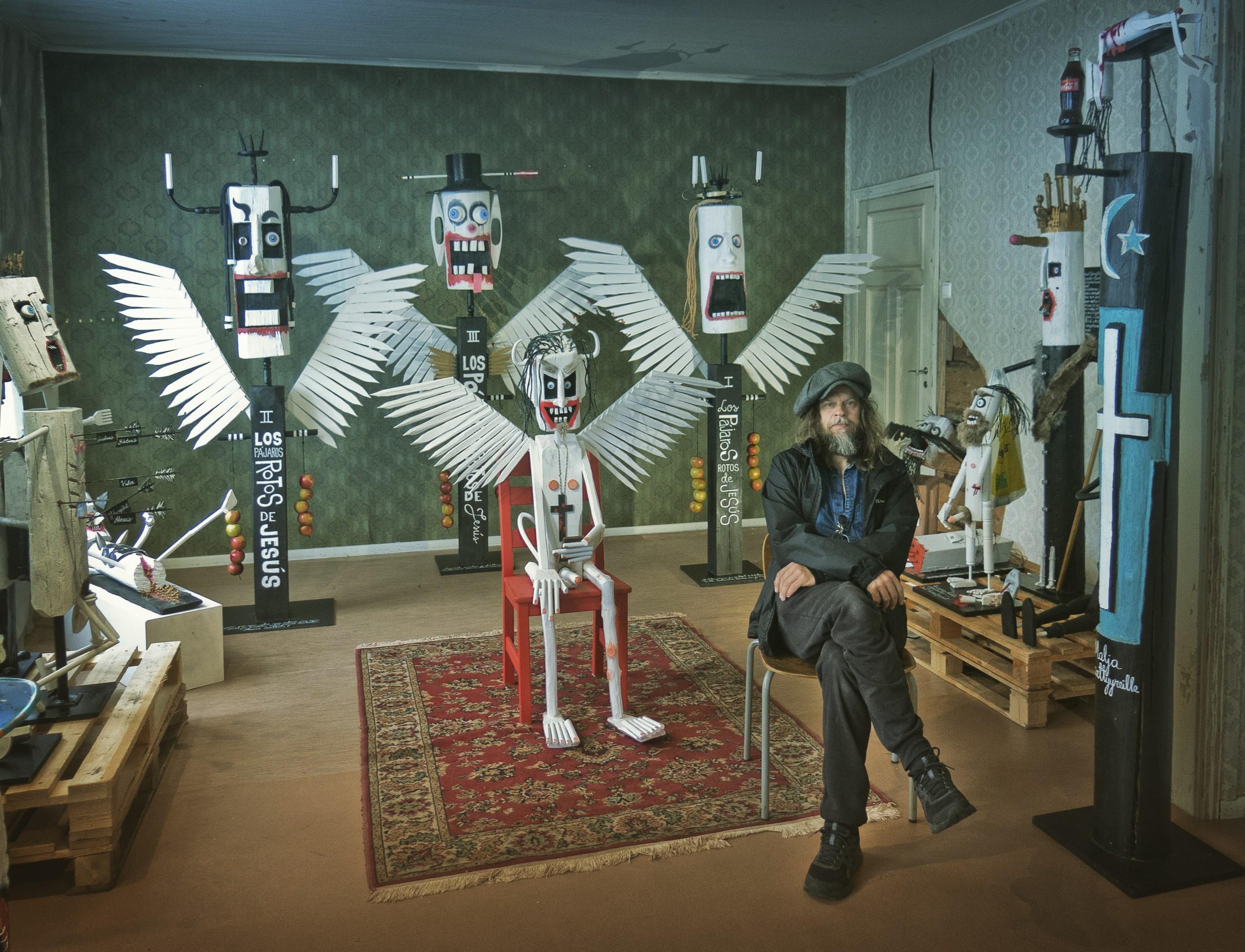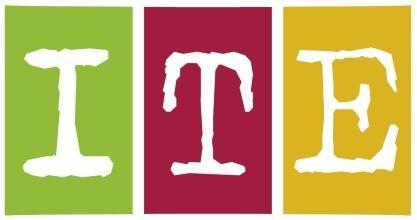Subjects
ITE artists want to bring joy to and also provoke thought in other people.
Works often feature social, political, religious or philosophical comments, usually brightened up with comical elements. A variety of stories, fairytales, songs, proverbs and memories have also been expressed in Finnish contemporary folk art.
Autobiographical elements and local history can be linked to each other in works of art. ITE art also stores memories of the countryside as many artists depict rural settings of the past and traditional work methods. This is based on the idealisation of the old days – their modes of working, entertainment and the entire way of life. The subjects may emerge from childhood memories or present traditional rural imagery.
ITE art that uses celebrities as its subjects offers still frames from the constant media stream. Celebrities depicted are often true idols for the artists; at their best they symbolise nationalist feelings and represent remarkable achievements in culture, politics or sports. Using public figures as subjects creates a special connection between the artist and the viewers. The recognition of a figure offers viewers an epiphany and is proof that the artist is capable of producing ”likeness”.
The horse and the cow, well at home in rural settings, are often depicted in garden sculpture collections. The most popular beasts of the forest are the bear, which is easy to carve out of wood, and the moose, whose colour and form are suitable for concrete work. In addition to these large and magnificent animals, birds – cranes and wood grouse in particular – are common subjects in ITE art. Alongside Finnish domestic and wild animals, ITE art often features exotic wild animals such as polar bears and panthers.
Text: Minna Haveri, Doctor of Arts


